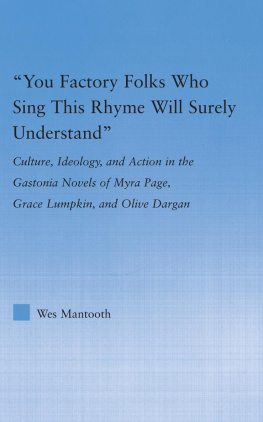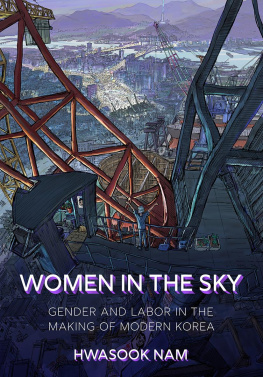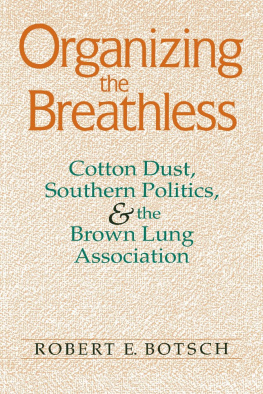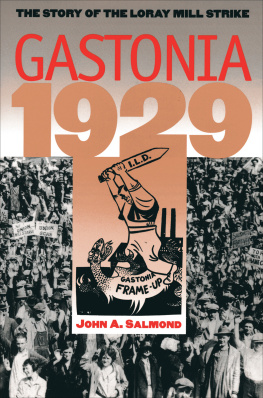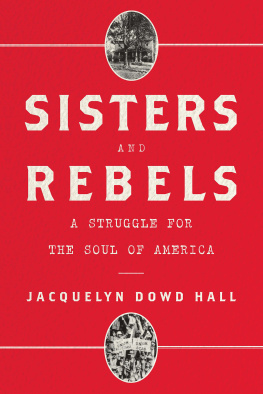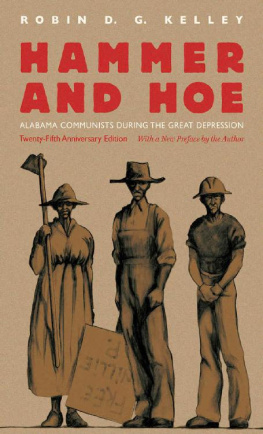LITERARY CRITICISM AND CULTURAL THEORY
Edited by
William E. Cain
Professor of English Wellesley College
A ROUTLEDGE SERIES
LITERARY CRITICISM AND CULTURAL THEORY
WILLIAM E. CAIN, General Editor
OVERHEARD VOICES
Address and Subjectivity in Postmodern American Poetry
Ann Keniston
MUSEUM MEDIATIONS
Reframing Ekphrasis in Contemporary American Poetry
Barbara K. Fischer
THE POLITICS OF MELANCHOLY FROM SPENSER TO MILTON
Adam H. Kitzes
URBAN REVELATIONS
Images of Ruin in the American City, 17901860
Donald J. McNutt
POSTMODERNISM AND ITS OTHERS
The Fiction of Ishmael Reed, Kathy Acker, and Don DeLillo
Jeffrey Ebbesen
DIFFERENT DISPATCHES
Journalism in American Modernist Prose
David T. Humphries
DIVERGENT VISIONS, CONTESTED SPACES
The Early United States through the Lens of Travel
Jeffrey Hotz
LIKE PARCHMENT IN THE FIRE
Literature and Radicalism in the English Civil War
Prasanta Chakravarty
BETWEEN THE ANGLE AND THE CURVE
Mapping Gender, Race, Space, and Identity in Willa Cather and Toni Morrison
Danielle Russell
RHIZOSPHERE
Gilles Deleuze and the Minor American Writings of William James, W.E.B. Du Bois, Gertrude Stein, Jean Toomer, and William Faulkner
Mary F. Zamberlin
THE SPELL CAST BY REMAINS
The Myth of Wilderness in Modern American Literature
Patricia A. Ross
STRANGE CASES
The Medical Case History and the British Novel
Jason Daniel Tougaw
REVISITING VIETNAM
Memoirs, Memorials, Museums
Julia Bleakney
EQUITY IN ENGLISH RENAISSANCE LITERATURE
Thomas More and Edmund Spenser
Andrew J. Majeske
YOU FACTORY FOLKS WHO SING THIS RHYME WILL SURELY UNDERSTAND
Culture, Ideology, and Action in the Gastonia Novels of Myra Page, Grace Lumpkin, and Olive Dargan
Wes Mantooth
YOU FACTORY FOLKS WHO SING THIS RHYME WILL SURELY UNDERSTAND
Culture, Ideology, and Action in the Gastonia Novels of Myra Page, Grace Lumpkin, and Olive Dargan
Wes Mantooth
Routledge
New York & London
Permissions
From In a Generous Spirit: A First-Person Biography of Myra Page by Christina Looper Baker. Copyright 1996 by the Board of Trustees of the University of Illinois. Used with permission of the University of Illinois Press.
Introduction to Chief Aderholt by Woody Guthrie Copyright 1967 by Woody Guthrie Publications, Inc. All rights reserved. Used by permission.
From Tobacco Road to Route 66: The Southern Poor White in Fiction by Sylvia Jenkins Cook. Copyright 1976 by the University of North Carolina Press. Used by permission of the publisher.
From the South Carolina Librarys Grace Lumpkin Papers. Used with permission.
From Call Home the Heart by Fielding Burke. Copyright 1983 by The Feminist Press. Used with permission of The Feminist Press, www.feministpress.org/.
Routledge
Taylor & Francis Group
270 Madison Avenue
New York, NY 10016
Routledge
Taylor & Francis Group
2 Park Square
Milton Park, Abingdon
Oxon OX14 4RN
2006 by Taylor & Francis Group, LLC
Routledge is an imprint of Taylor & Francis Group, an Informa business
Printed in the United States of America on acid-free paper
10 9 8 7 6 5 4 3 2 1
International Standard Book Number-10: 0-415-97758-4 (Hardcover)
International Standard Book Number-13: 978-0-415-97758-6 (Hardcover)
No part of this book may be reprinted, reproduced, transmitted, or utilized in any form by any electronic, mechanical, or other means, now known or hereafter invented, including photocopying, microfilming, and recording, or in any information storage or retrieval system, without written permission from the publishers.
Trademark Notice: Product or corporate names may be trademarks or registered trademarks, and are used only for identification and explanation without intent to infringe.
Library of Congress Cataloging-in-Publication Data
Mantooth, Wes, 1970-
You factory folks who sing this rhyme will surely understand : culture, ideology, and action in the Gastonia novels of Myra Page, Grace Lumpkin, and Olive Dargan / by Wes Mantooth.
p. cm. -- (Literary criticism and cultural theory)
Includes bibliographical references and index.
ISBN 0-415-97758-4 (acid-free paper)
1. merican fiction--20th century--History and criticism. 2. rikes and lockouts in literature. 3. T tile industry in literature. 4. La r movement in literature. 5. Gas nia (N.C.)--In literature. 6. Appa chian Region, Southern--In literature. 7. Page, yra, 1897- Gathering storm. 8. Lumpki Grace, 1892?-1980. To make my bread. 9. Burke, elding, 1869-1968. Call home the heart. 10. Burke, F lding, 1869-1968. Stone came rolling. I. Title. I. Series.
PS374.S8M36 2006
813.52093553--dc22
2006004837
Visit the Taylor & Francis Web site at
http://www.taylorandfrancis.com
and the Routledge Web site at
http://www.routledge-ny.com
Contents
My family has given me incredible support during the years that this project has taken to complete. Deep appreciation goes to my wife, Shuko, and daughter, Hanako, for their patience and encouragement. I am grateful to professor Jim Miller of The George Washington University for sharing with me his enthusiasm for the literature of Grace Lumpkin and Olive Dargan, and to Ann Romines, Chris Sten, Jeff Hotz, Lisbeth Fuisz, and others who commented on many drafts and brought much-needed clarity to my ideas. Finally, Sarah Gunning, Aunt Molly Jackson, Woody Guthrie, Pete Seeger, Joe Glazer, and Hazel Dickens are just some of the singers committed to promoting social justice whose voices have inspired and become part of me. I thank them for having kept the music alive.
In early 1929, two organizers for the American Communist Partys recently established National Textile Workers Union (NTWU) journeyed south by motorcycle to investigate the potential for beginning organizing work among textile workers in the Piedmont region (Draper 9). Beal arrived in Gastonia in mid-March and, at the Loray Mill, the largest in the region, succeeded in winning over a single, local mill worker. They cautiously decided to set up a secret union local and begin by taking in a few members only (Draper 10). In a chain of events whose rapidity and magnitude took Beal by surprise, workers at the Loray mill became embroiled in a Communist-led strike that would eventually focus national and even international attention on Gastonia. After Beal had left Gastonia, the initial union inductee was fired for his organizing activities. Several other firings followed. When Beal returned, union membersfar more militant than Beal (Draper 11)pushed for a factory walkout. When the mill fired additional workers the following week, the strike ensued. Although very few workers had actually joined the union, a large majority of Lorays 2,200 workers [ ] walked out, protesting not only these firings, but also their own growing frustrations about work conditions (Draper 11). They succeeded in bringing production almost to a standstill, but only for a few days.
Although various Communist organizations quickly began sending aid and organizational help, most Loray workers found that they couldnt hold out long against the forces mustered against them. Court injunctions forbade all strike activity (Draper 14) and the National Guard was called in to enforce these orders. Many workers returned to their jobs when faced with evictions from their company-owned homes, and others were replaced by outside recruits. Those who lost their jobs and their homes relocated to a tent colony outside of town (Pope 256). By April 15 the strike as a strike was defeated. By May 1, the number of strikers had dwindled from about 2,000 to approximately 200 (249). Still,

